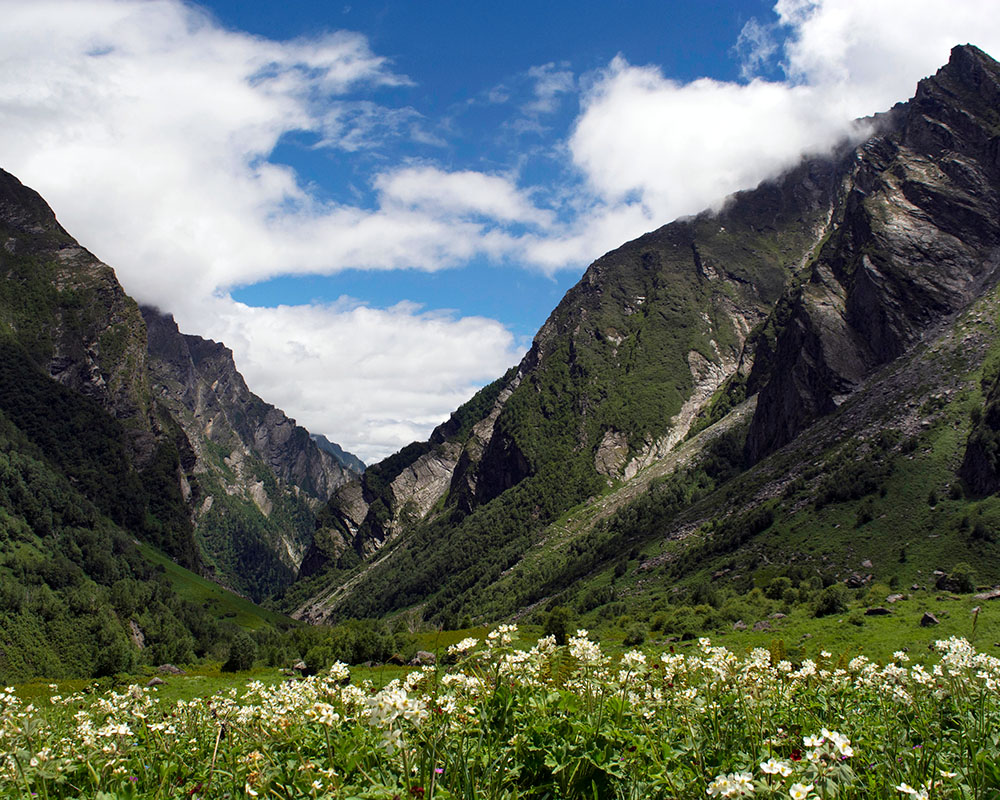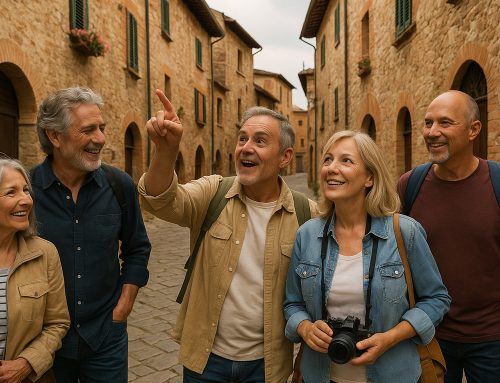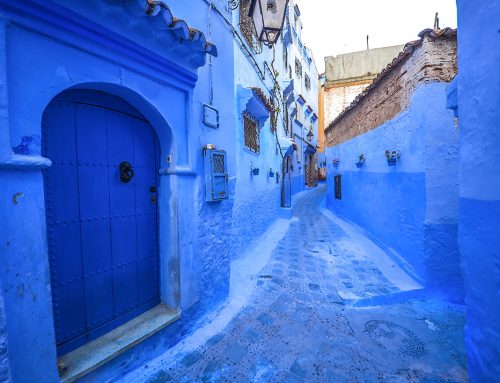“The Unvarnished Traveler” by Brian Raymond
“The Unvarnished Traveler” by Brian Raymond

The Valley of Flowers in Uttarakhand has officially opened for the 2025 season, welcoming nature lovers, trekkers, photographers, and spiritual seekers from June through October—weather permitting. Nestled at around 3,600 meters in the Nanda Devi Biosphere Reserve, the valley remains snow-covered for much of the year, slowly awakening in late spring. Then, in July and August, it erupts into a surreal display of color with over 600 species of blooming alpine flowers, including rare wonders like the blue poppy, Himalayan bellflower, cobra lily, and Brahma Kamal. For those fortunate enough to see it in full bloom, it’s not just a place—it’s an experience that lingers.
Why 2025 Is a Year to Go
A Short, Fleeting Season
The Valley of Flowers isn’t open year-round. It lives within a narrow seasonal window that typically spans early June through late October, but its most vibrant, flower-filled days are limited to mid-July to mid-August. That gives travelers a short but exceptional opportunity to walk through this natural paradise at its visual peak. Missing that window means waiting a whole year.
A Biodiversity Treasure
Beyond its vivid floral displays, the valley is also a living sanctuary. Located within a UNESCO World Heritage Site and the core zone of the Nanda Devi Biosphere Reserve, it harbors endangered animals like the snow leopard, Asiatic black bear, Himalayan musk deer, blue sheep, and the radiant Himalayan monal pheasant. Each step along the trail is shared with rare creatures that quietly watch from the shadows of pine and birch.
A Sacred Pathway
For many, the Valley of Flowers offers not only visual wonder but also spiritual fulfillment. The nearby Hemkund Sahib, a revered Sikh pilgrimage site situated at over 14,000 feet, is often visited in tandem. Trekkers and pilgrims alike follow the Pushpawati River, winding through ancient trails to both destinations, blending natural beauty with spiritual resonance.
What You’ll See—and Feel
The Blooming Tapestry
Imagine walking into a living, breathing canvas. Your boots crunch over damp alpine soil as you gaze out across fields dappled with primulas, calendulas, daisies, orchids, and countless wildflowers you’ve never seen before. The palette changes every few days as different species bloom and fade—what’s pink today might be purple by the weekend. The elusive blue poppy, with its paper-thin petals and quiet majesty, is a favorite among photographers and botanists. The sacred Brahma Kamal, said to bloom only for a few hours, often catches travelers by surprise when spotted along snow-fed streams.
The Trails
The journey begins in Govindghat, a small village about 270 kilometers from Rishikesh. From here, a scenic drive leads you to Pulna, the starting point for the trek. A 13-kilometer hike through forests and river valleys brings you to Ghangaria, the basecamp. The final stretch to the valley is a 3–4 km hike that opens around 7 AM daily. Entry is allowed until 2 PM, and everyone must exit by 5 PM to preserve the delicate ecosystem.
The trek is moderate, neither too demanding nor overly easy. Along the trail, wooden bridges cross over icy streams, waterfalls echo in the distance, and early-season trekkers may find themselves walking across patches of glistening snow. Whether you come during peak bloom or just before the monsoon, the landscape carries a dreamlike quality that feels worlds away from city life.
The Wildlife and Natural Rhythms
This region is one of the few remaining places where nature whispers, rather than shouts. The songs of Himalayan birds fill the crisp morning air, and lucky trekkers might glimpse the silhouette of a Himalayan tahr or red fox darting between trees. In quieter moments, the wind seems to hum through the valley as if singing back to the flowers below. It’s no wonder that this area has inspired centuries of poetry, mythology, and spiritual legend.
Why This Valley Matters
A Story of Protection and Preservation
Declared a national park in 1982 and recognized as a UNESCO World Heritage Site in 2005, the Valley of Flowers stands as a global example of successful conservation. Many of the plants here are endemic, meaning they don’t grow anywhere else on Earth. And with the rise of climate change and ecological instability, places like this become even more valuable—not only for their beauty but for the role they play in sustaining life and biodiversity.
Myth, Science, and Soul
Legend has it that this valley was once home to gods and nature spirits, dancing among the meadows and snowcaps. Whether or not you believe in such tales, there’s an undeniable magic to the place. Botanists like Joan Margaret Legge gave their lives exploring and cataloging these very flowers in the early 20th century, and today, researchers and ecologists still walk these trails in search of discoveries, just as spiritual seekers come in search of serenity.
A Rare Monsoon Gem
While most Himalayan treks are avoided during monsoon season due to landslides and heavy rains, the Valley of Flowers is one of the few that flourishes in this very time. The rain breathes life into its ecosystem, creating a lush and luminous landscape that seems to change by the hour. Mist drifts across the flowers, wrapping the valley in an ethereal veil. You don’t just see the scenery—you feel part of it.
Planning Your Visit
Best Time to Go
-
June: The snow begins to melt and early blossoms start peeking through.
-
July – August: Peak bloom. This is when the valley is at its most vibrant.
-
September – October: Fewer flowers, but clearer skies and quieter trails.
Entry & Permits
Visitors are required to pay an entry fee, which typically includes:
-
A nominal charge for Indian nationals
-
A higher fee for international visitors
-
Camera permits and personal ID required at the entry gate
Entry is only allowed between 7 AM and 2 PM, and visitors must exit the valley by 5 PM. These measures are in place to protect the fragile alpine ecosystem.
How Difficult Is It?
The trek is considered moderate. You don’t need to be a seasoned hiker, but a decent level of fitness and preparation goes a long way. The air gets thinner as you climb, so acclimatization is key—spend a night or two in Ghangaria before heading higher. Those with knee or ankle issues may want to use trekking poles, and mule or porter services are available.
Essentials to pack:
-
Waterproof boots and a rain jacket
-
Warm layers (even in summer, nights are cold)
-
Sunblock, hat, and sunglasses
-
A reusable water bottle and energy snacks
-
A first-aid kit and insect repellant
What Makes It Unforgettable
The real beauty of the Valley of Flowers is that it changes you. Maybe it’s the stillness of the morning air or the feeling of walking through a world with no traffic, no phones, and no rush. Maybe it’s the people you meet along the way—pilgrims, trekkers, monks, and wanderers all sharing the same narrow path. Or maybe it’s just the raw, undeniable magic of a place that exists not in spite of the world, but apart from it.
When you sip from a glacial stream or sit on a rock surrounded by wild orchids, time doesn’t matter. You’re simply there, part of something vast and peaceful.
Why You Should Go in 2025
-
Exceptional floral conditions: After years of changing monsoon patterns, 2025 is expected to be a healthy bloom year.
-
Spiritual and scenic: Combining a trek with a visit to Hemkund Sahib adds both challenge and meaning.
-
Sustainable adventure: With efforts to control crowd size and protect the park, now’s the time to visit responsibly.
-
Rare Himalayan species: It’s one of the few places you can witness high-altitude biodiversity in such stunning density.
-
Affordable and accessible: With careful planning, it’s one of the most budget-friendly Himalayan treks with huge payoff.
Final Word: Let Nature Call You Back
In a world moving faster every day, there are fewer places where silence, color, and simplicity still reign. The Valley of Flowers is one of those rare sanctuaries—a place that invites you to look, listen, and breathe. It’s not just a destination for trekkers or botanists. It’s for anyone longing for beauty that doesn’t come with an on/off switch.
So don’t just dream about it—make 2025 the year you go. Step into the valley, and let the flowers show you what peace looks like.
If you’re ready to explore this once-a-year wonder, I’d be happy to help you map out the best route, timing, and tips to make it memorable.
So how to choose the right vacation for you?
Vacations are an investment! With literally thousands of options, choosing the right vacation and the best value is difficult to sort through. That’s where I bring my 12 years of travel experience and expertise to do this right, and get you the best value for your money. With the backing of the largest travel consortium behind me, we have options you can’t find online. Plus our work just gets started once we book your dream vacation. Chat with us to learn more.
The world awaits you and we look forward to assisting you in choosing the exact right adventure on the waters or land for you and your companions!







